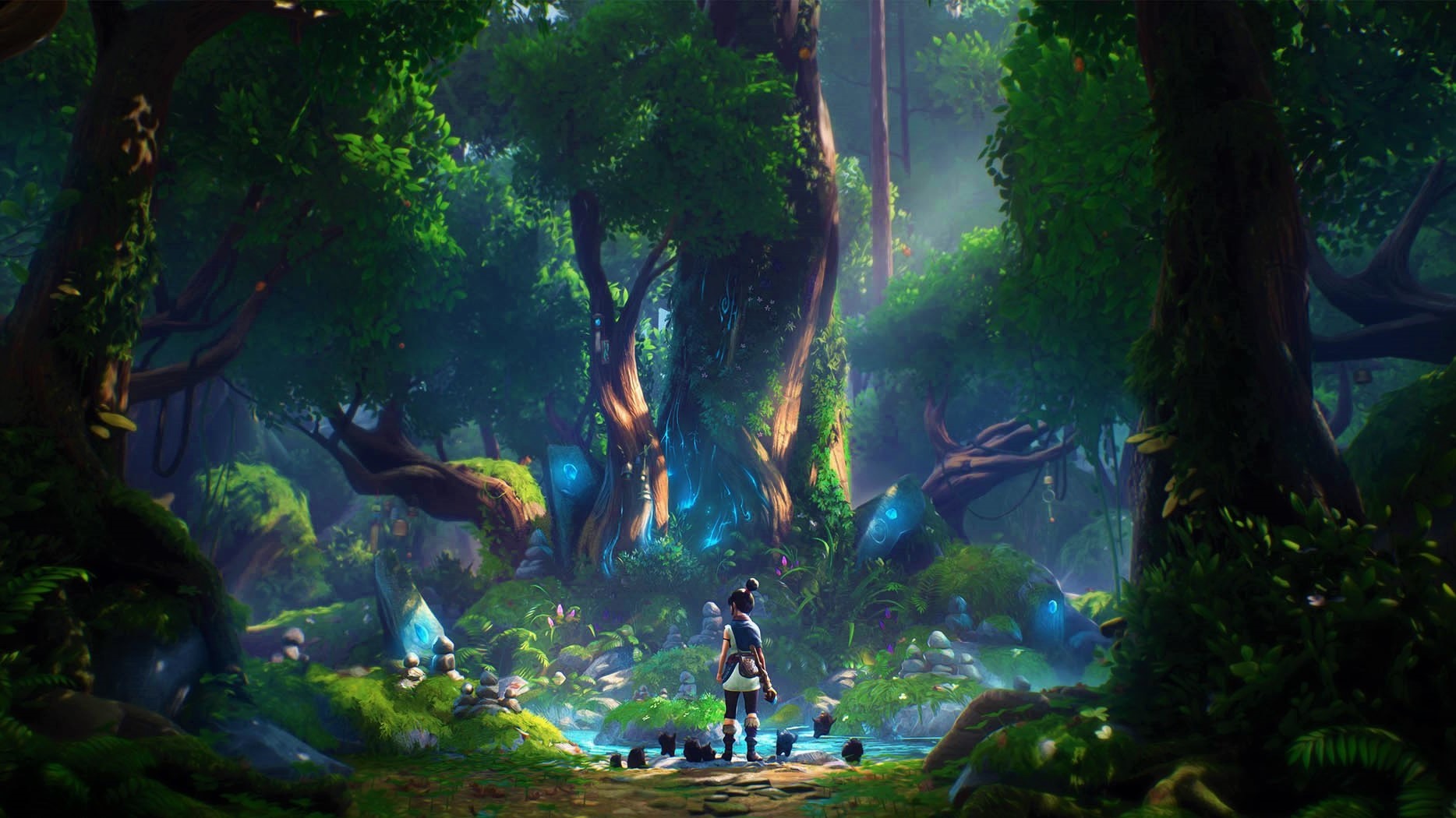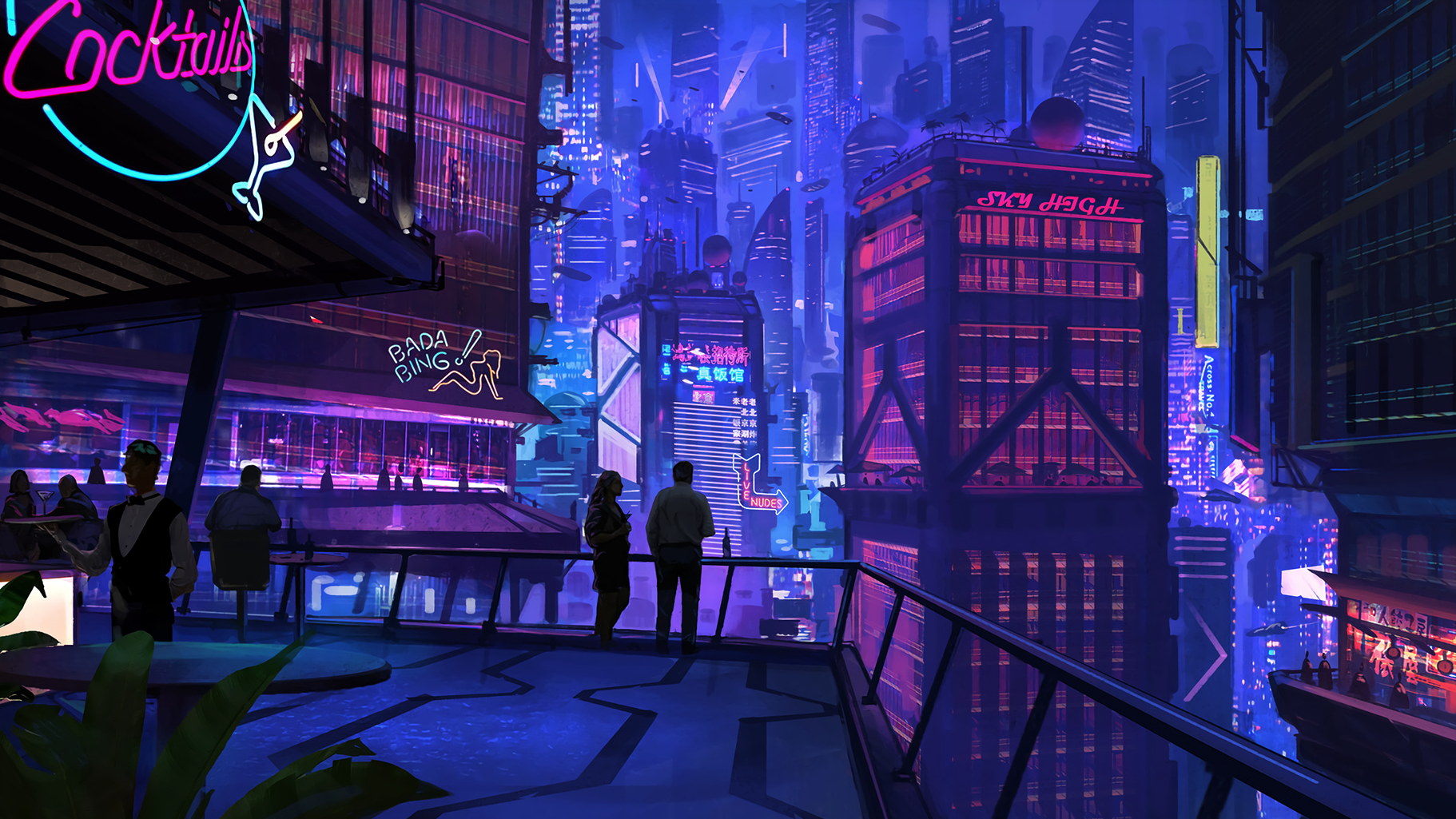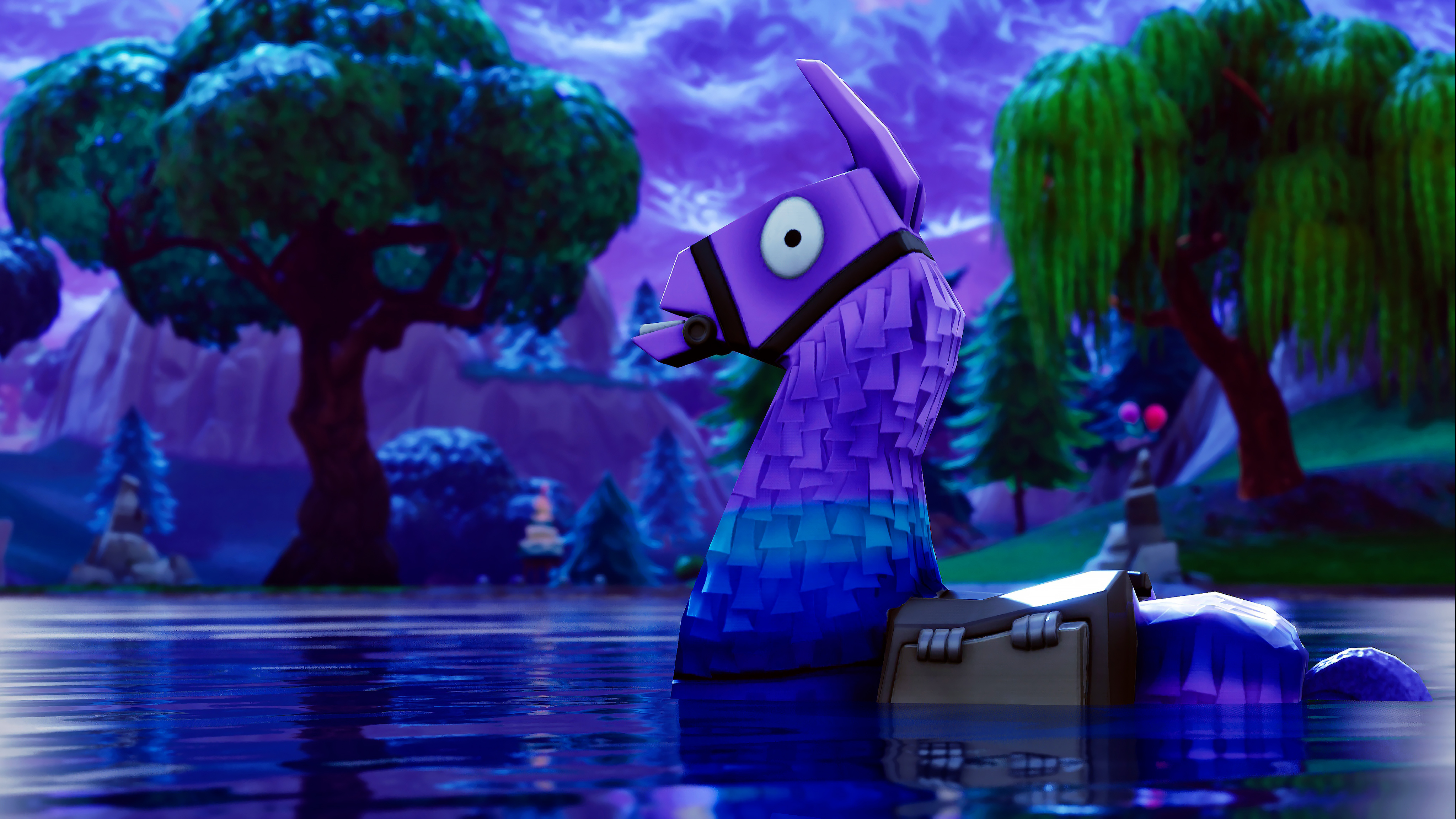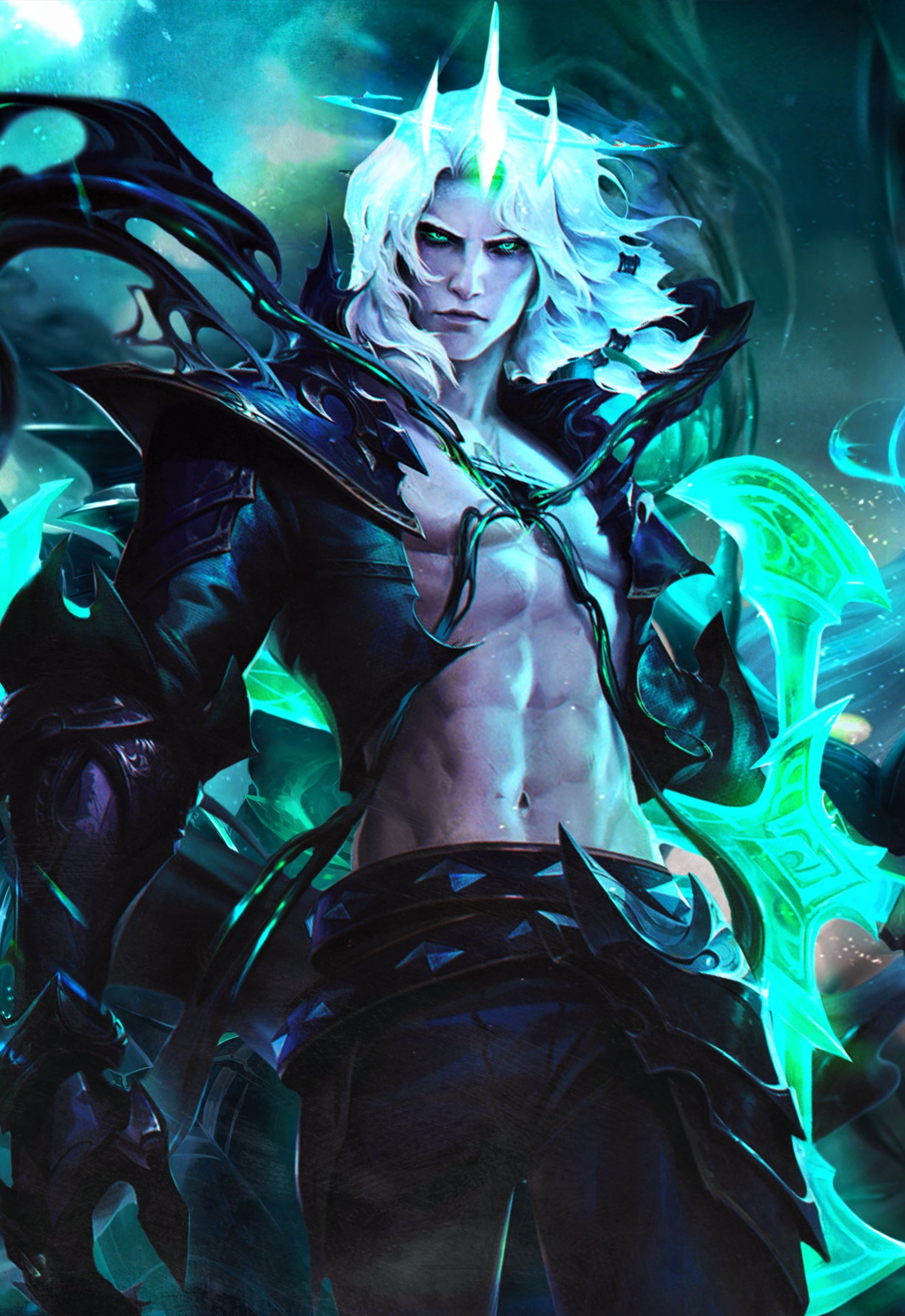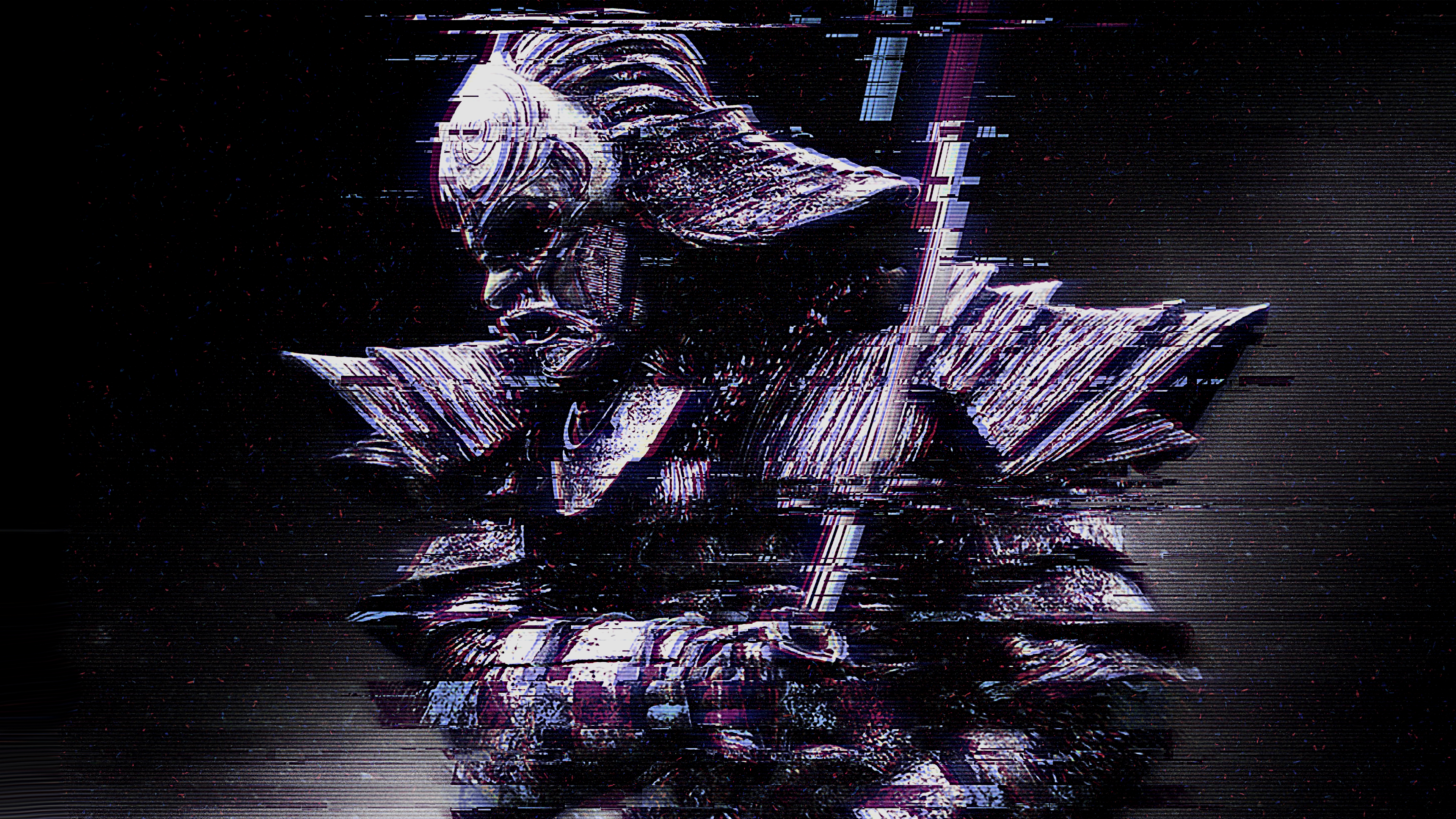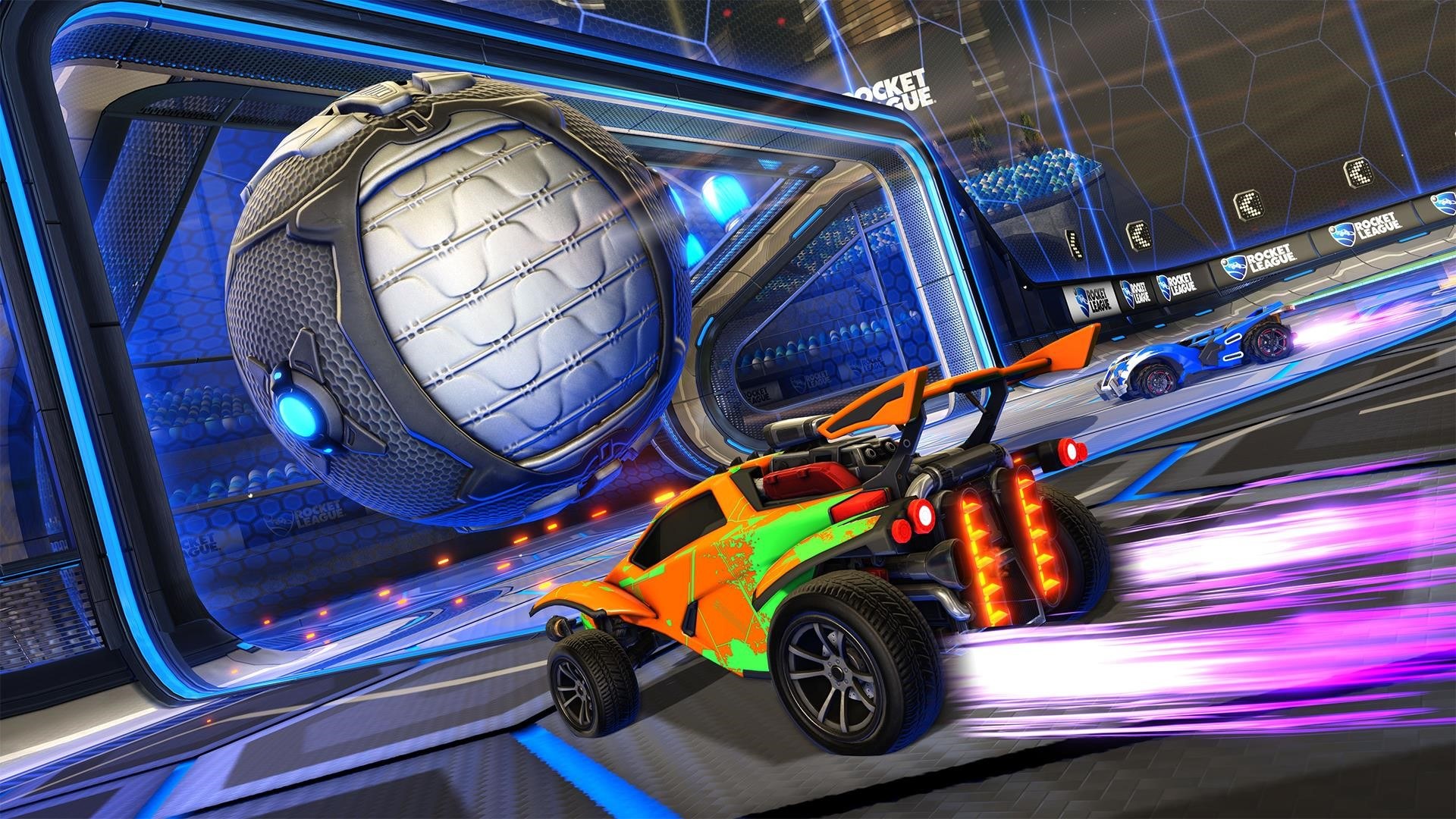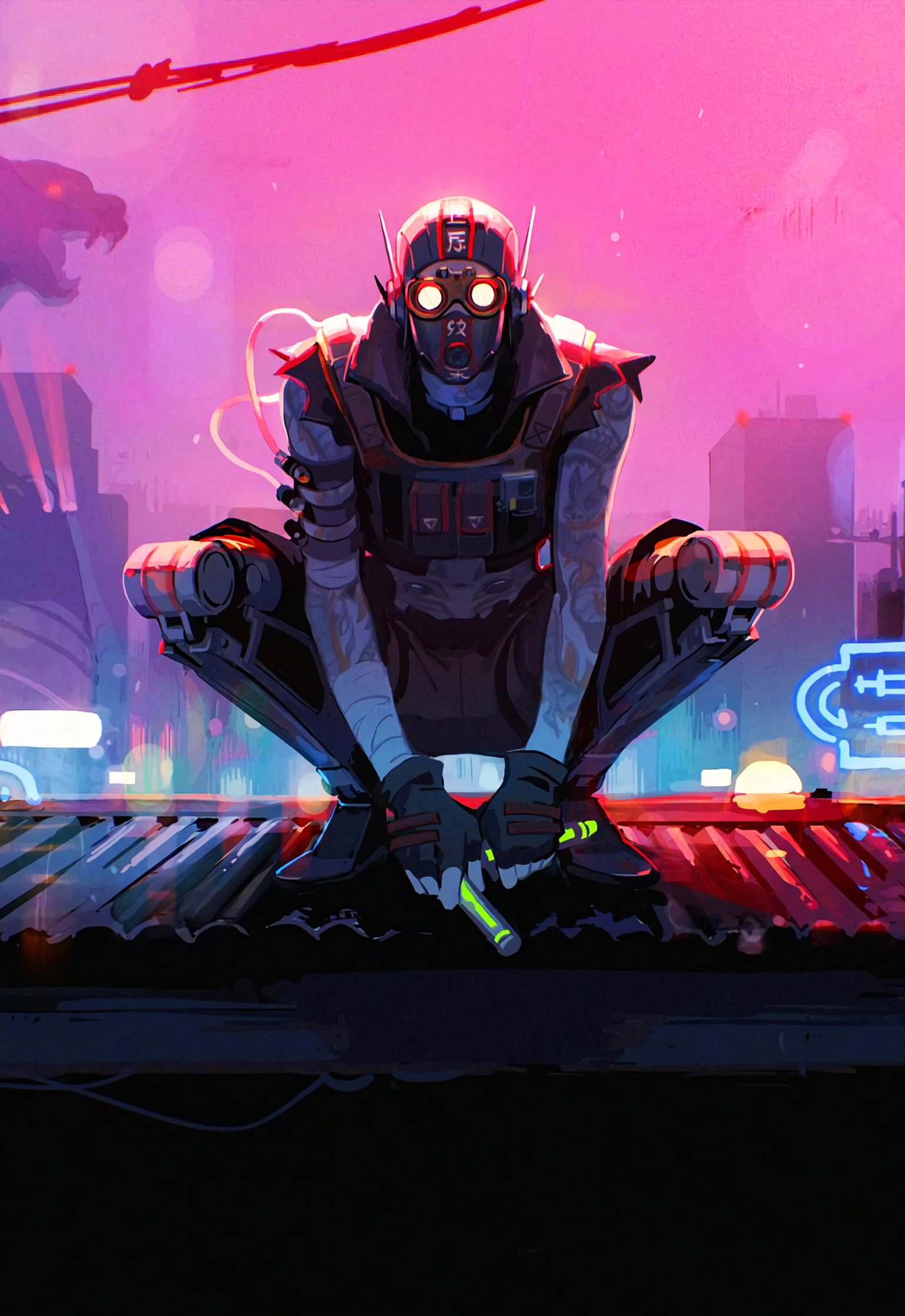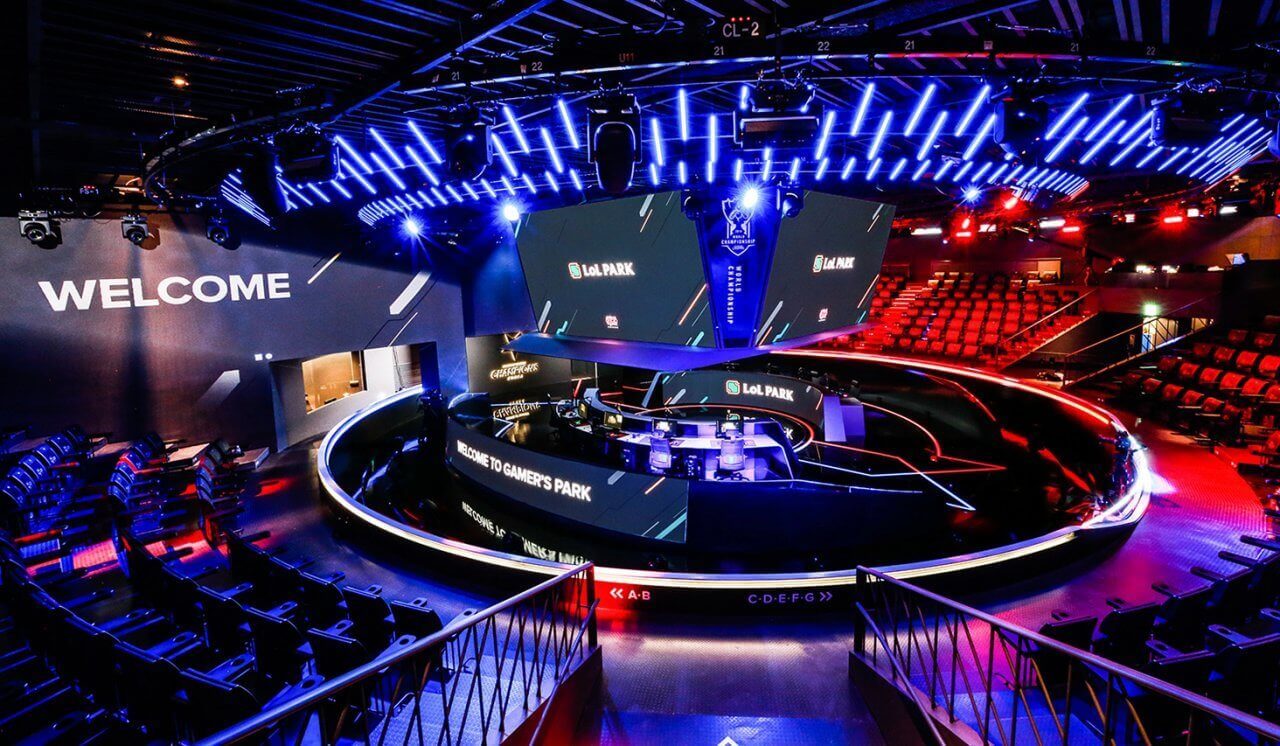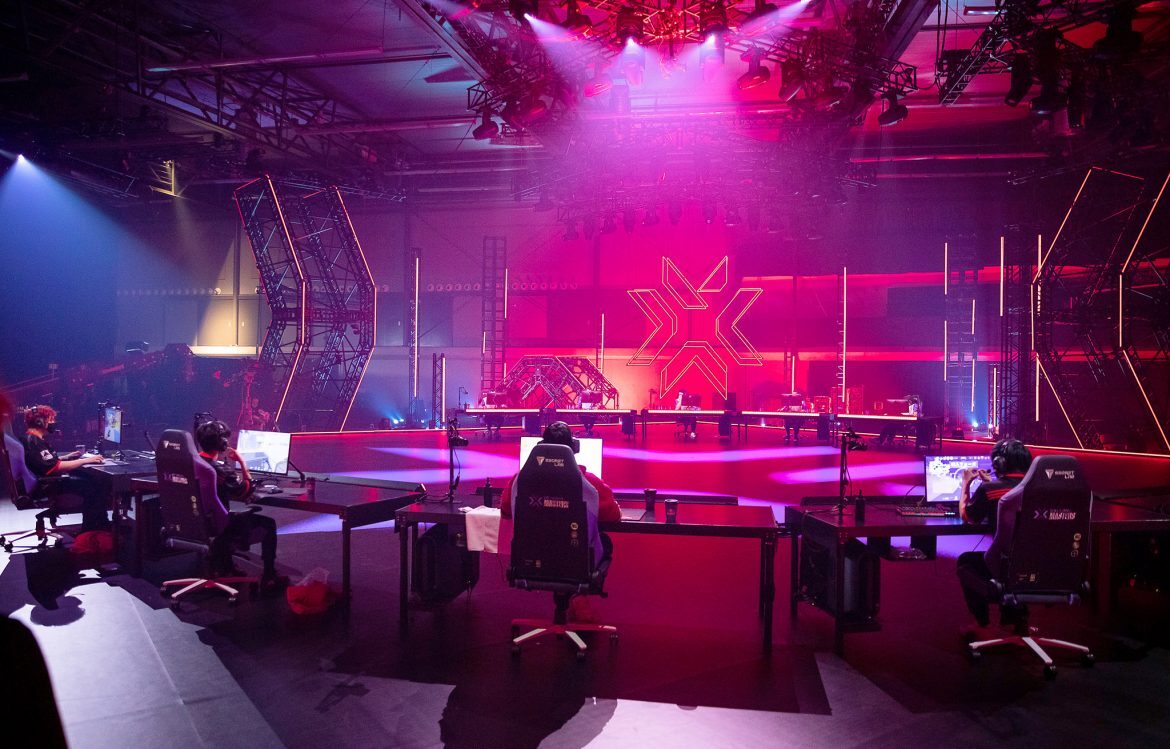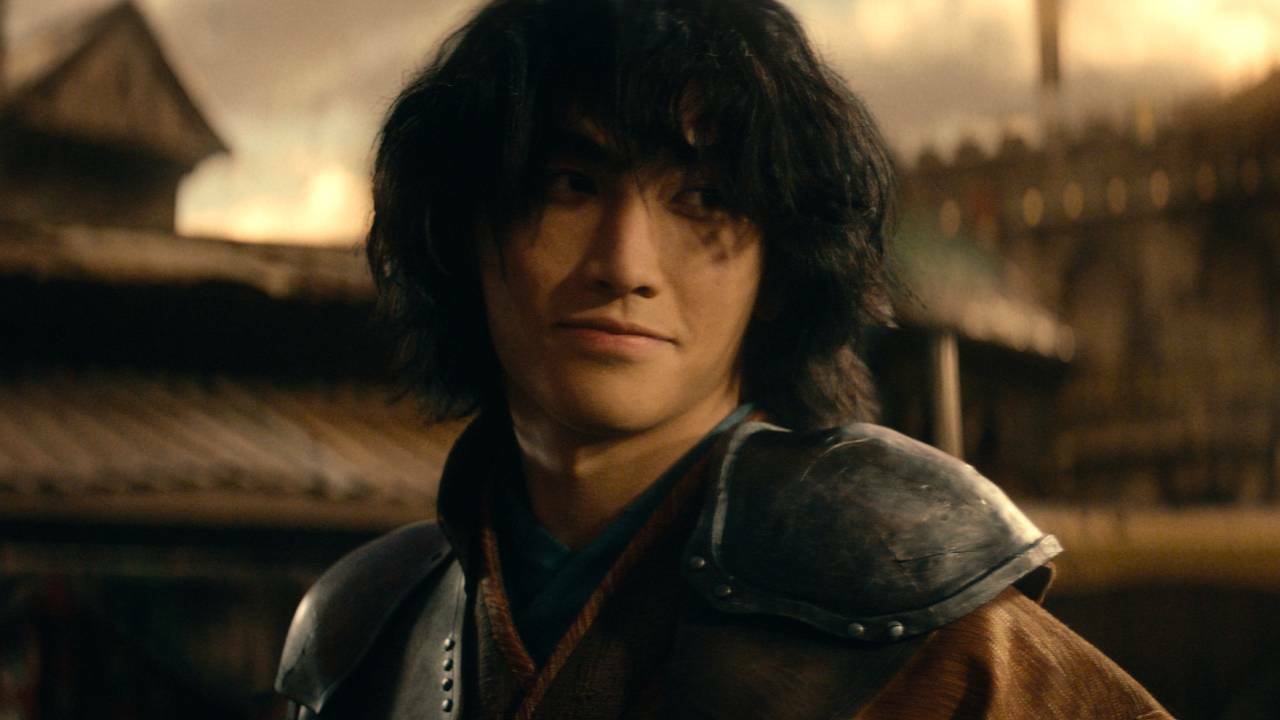Controversial topic incoming: Netflix made some changes to the (rightfully) beloved Avatar: The Last Airbender in the live-action adaptation. Let's take a look at the best and worst ones, shall we?
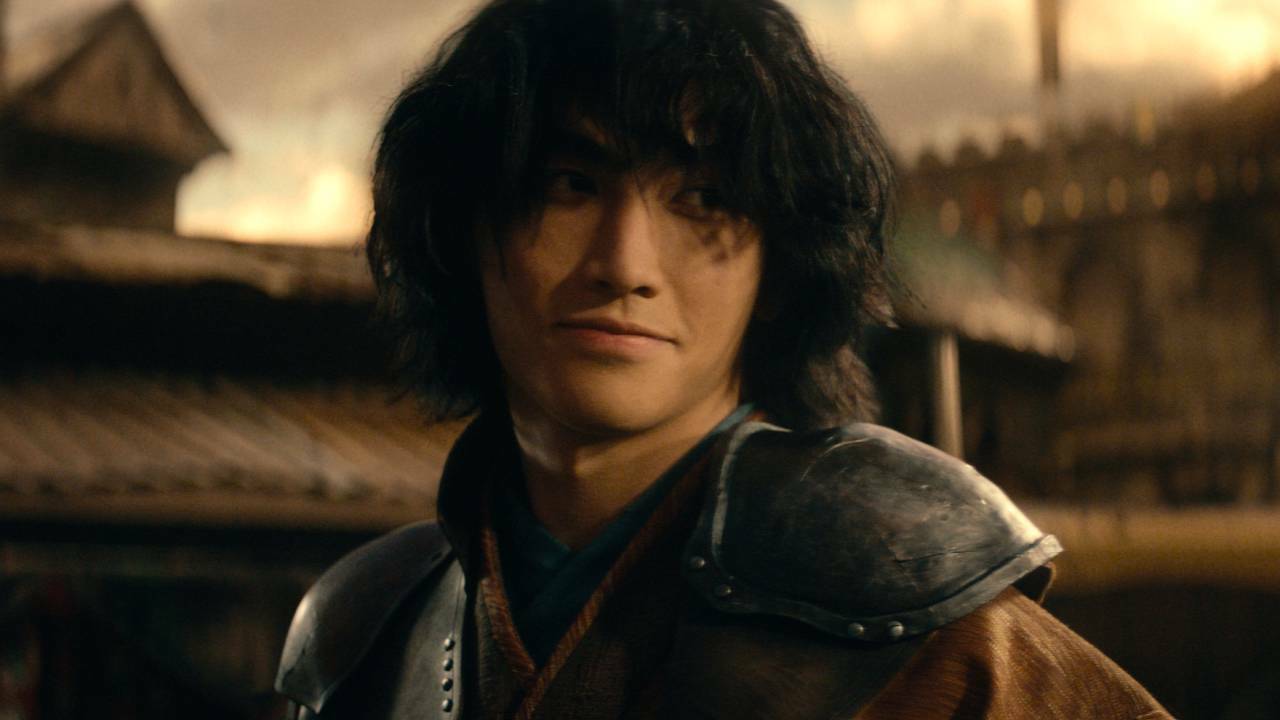
Netflix has nerves of steel when it comes to adapting beloved franchises like One Piece or The Witcher: devoted fanbases tend to hate changes when it comes to their favorite characters. Avatar: The Last Airbender is the latest example of Netflix tackling stories that have a special place in many people's hearts.
The legend of Avatar Aang is, in my honest opinion, basically perfect – the original cartoon captures the energy of some kids trying to save the world from a nearly indominable force and watching them grow up to be the heroes the world needs. They go on goofy endeavours and simultaneously have to face serious issues on their journey and the cartoon was not afraid to tackle mature themes and, I repeat myself, but it did amazing.
Hence, the live-action adaptation had some big shoes to fill. Netflix took some creative liberties in their adaptation – some of them worked, some of them didn't. Let's have a look.
Spoiler warning: I won't pull any punches in here. If you haven't seen both shows yet, go binge them and come back! You can find our spoiler-free review right here.
The 3 Worst Changes Netflix Made To Avatar

Opinions are probably going to wildly differ when it comes to the changes Netflix made to Avatar, so feel free to discuss in the comments down below – there is no right or wrong here (except for my personal opinion, which is obviously the right one).
The Premise: War On The Air Nomads
The very first scene in the live-action Avatar sets the tone from the get-go: there's war about to happen, and the Earth Kingdom tries to stop it with the intel they have. It quickly becomes clear it's all part of the plan for the Earth King to know what's about to happen, already painting the Fire Nation as the ruthless warmongers. It doesn't take long for audiences to witness the demise of the Air Nomads, even though they put up quite the fight.
Thing is: as OG fans will know, that's not exactly how it went down in the original. It's a whole point that the Air Nomads were surprised and didn't even have an army to defend themselves, no matter that the Fire Nation propaganda says otherwise.
While it's appreciated to see the airbenders fight tooth and nail against the Fire Nation forces (and it does look amazing and packs quite the punch for viewers), that's kind of an unnecessary change and is in direct contrast to the original for no good reason (yet).
Fusing Storylines

To condense down the plot, Netflix took it upon themselves to fuse a few storylines: Omashu, Teo with his father and the Freedom Fighters.
Three stand-alone episodes from the original (that honestly were quite important to the characters) get combined into a 2-episode plot thread in the live action adaptation with Jet and his Freedom Fighters hanging out in Omashu doing their thing, as well as Teo and his father having their base in the city instead of the Northern Air Temple. Of course, Bumi also resides there as the crazy King.
There's a few things that don't work here: first off, those rather important characters feel a bit rushed in their respective stories. Bumi is revealed to be who he is as soon as we meet him and gets more of a villain-arc from his war trauma, ridding him of his "crazy but lovable" persona fans know from the cartoon.
Jet and his Freedom Fighters are pretty soon revealed to kinda be the bad guys here, showing their ruthless ways pretty soon without any of the build-up of these rebellious kids. Teo isn't the happy kid anymore, but rather a traumatized child out for revenge.
Oh, and Zuko and Iroh also pay a visit to Omashu. Basically, the live-action Omashu-arc is very much plot in too little time at the cost of Team Avatar, leading us to the next point.
Splitting Up Team Avatar
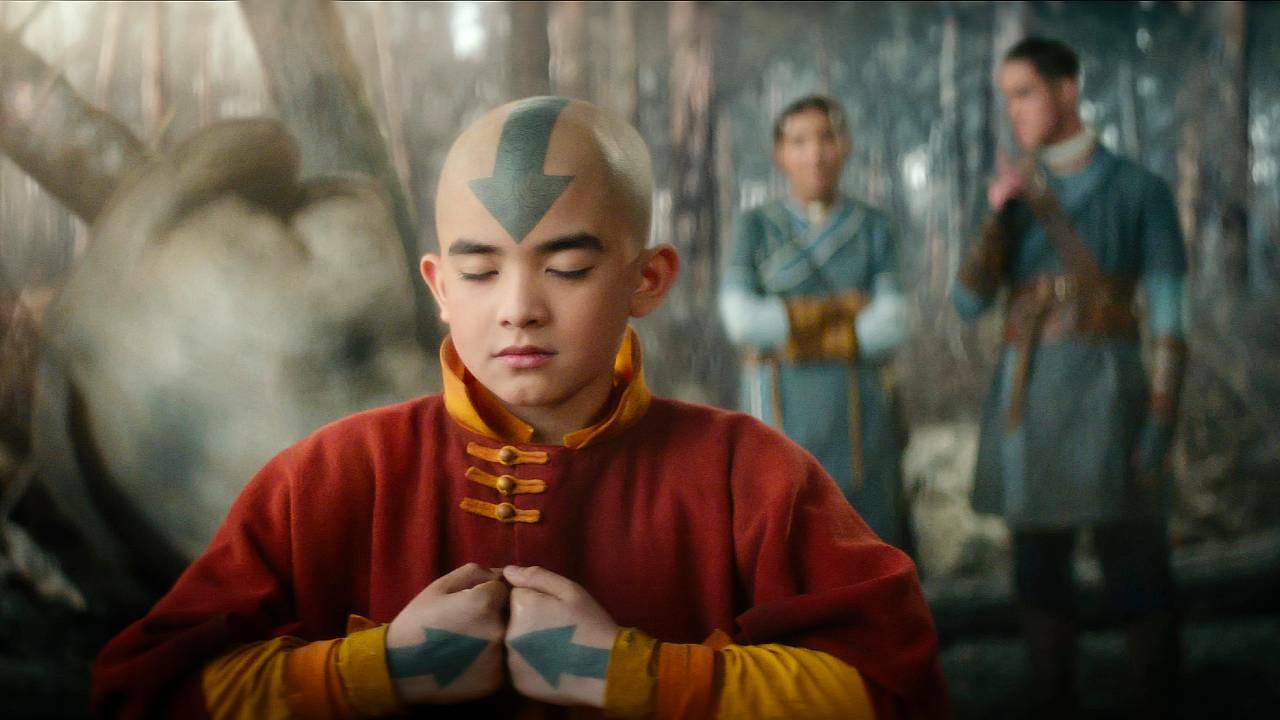
Condensing storylines down like that forces our heroes on different paths: Aang goes with Teo and also deals with Bumi, Katara does her thing with Jet for a bit and Sokka tinkers with Teo's father, setting up his live-action journey of "I don't want to be a warrior, I'm the strategy and engineering guy" – back in the original, he filled out both roles pretty well.
So for two episodes, the Gaang gets split up and only reunites at times to fight each other on their opinions or to quickly solve the problem Aang faces with Bumi, when Katara and Sokka help him out in deus-ex-machina style.
Also, why did Netflix feel the need to bring the Cave of Two Lovers into it already? Sokka and Katara explore the secret tunnel (sing with me!) to reach Aang. I appreciate the sibling bonding time, but is there a plan at play here?
At the end of the day, splitting the Gaang up like that to fit in as many storylines as possible just takes the time away from Team Avatar building up their friendship.
But on to more positive things!
The 3 Best Changes Netflix Made To Avatar

Some of the live-action Avatar changes worked in favor of the overarching story, some of them were fan-service and some of them even made me question why those ideas didn't make it into the original in the first place.
Giving Yue The Respect She Deserves!
For the longest time, Yue was kind of a meme – limited screentime in the original does that to an otherwise great character. Netflix gives her more personality and makes her one hell of a likeable character with some serious rizz.
Her kindness really shines bright in the adaptation, her connection with Sokka seems more natural and earned and giving her the cheesiest line in the whole show ("Boy of my dreams", come on!) wasn't even the best part – she's not only on Avatar-level when it comes to her connection to the spirit world, she is also a waterbender now. And she knows how to freaking use her bending to make ice cream. 10/10 character with a gut-punching end.
Bringing In Ozai And Azula Early & Fire Nation Screentime
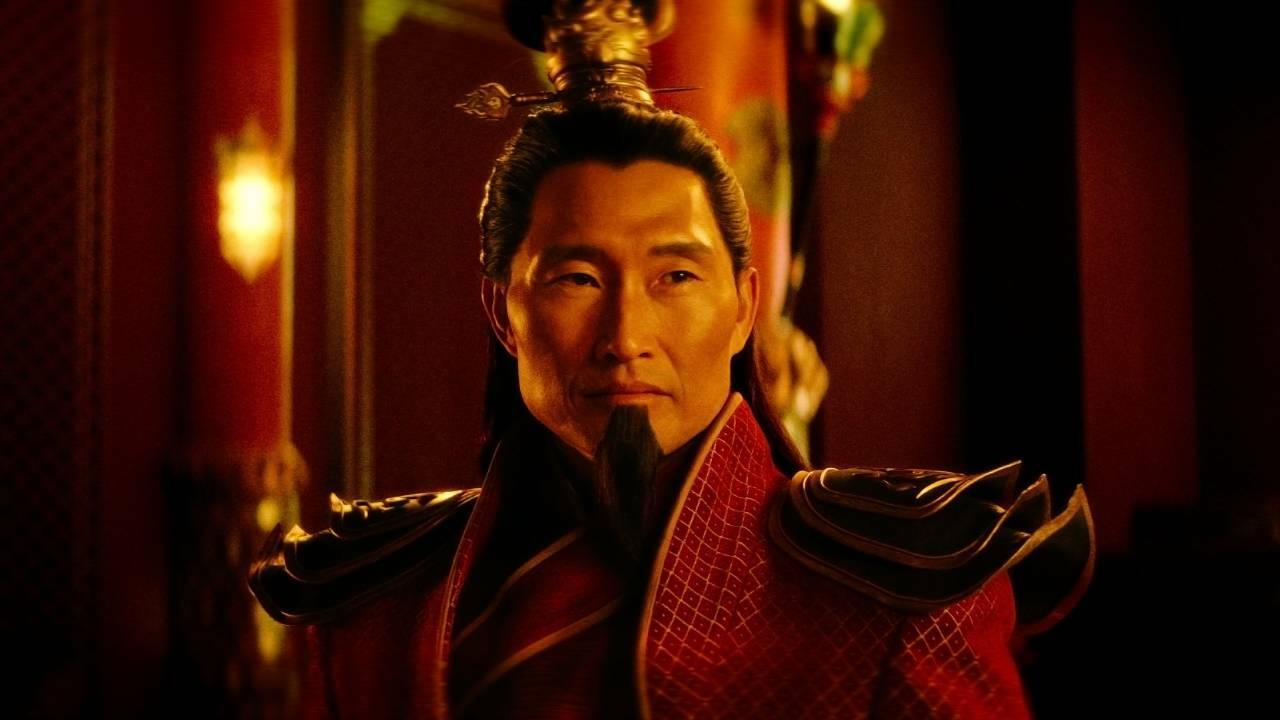
Back in the original, we didn't get to see Fire Lord Ozai until the very last season – he was always the looming presence and big bad at the end, but we didn't know much except for "he likes war and doesn't like Zuko."
The live-action adaptation really fleshes him out now – he's cunning, he's ruthless and he is even worse of a father than we previously anticipated. He's not just the Zuko-banishing piece of crap anymore, he also goes on to manipulate Azula from the get-go, using his children against each other.
Speaking of Azula: she's also here way earlier than in the original. She's already... not fine, to say the least, already showing the signs of her inevitable decline as the pressure from Ozai, paired with her apparent perfectionism give audiences a glimpse at what's to come.
And, coming with that, the Fire Nation gets more screentime in general – past and present. That gave us not only Zuko's banishment, but also the absolute gut-punch that was Lu Ten's funeral and made me bawl my eyes out with the Leaves From The Vine scene.
Bringing In The Other Avatars
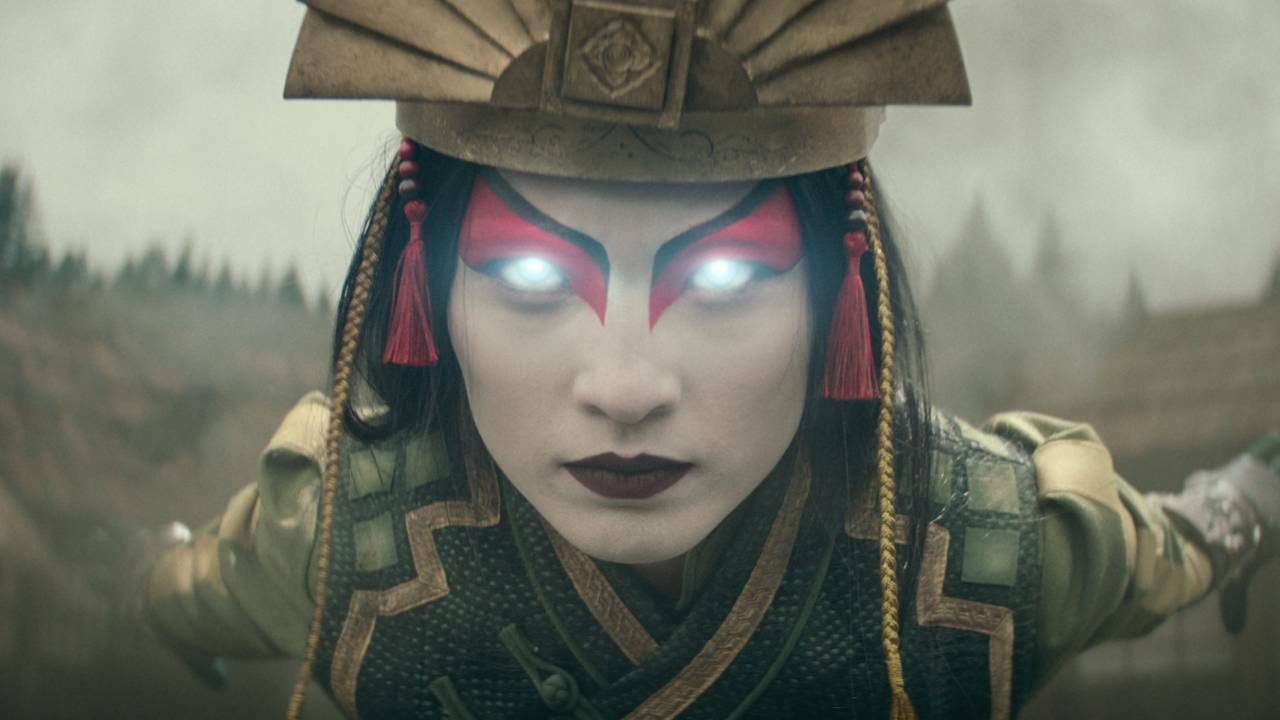
One of the rather big changes Netflix made to the original Avatar is the fact that Aang is in touch with previous Avatars way earlier. At special shrines, he can meditate to connect to them and ask for their advice, for better or for worse.
The previous Avatars can also make appearances to save the day, like Kyoshi does on her island. The greatest thing that comes out of those connections is Aang's identity crisis because of it, though.
All the Avatar's tell him different things: Kyoshi wants him to be a warrior, Roku tells him the diplomatic approach is just fine and salty ol' Koruk makes him believe that he's all alone and there is no team to rely on.
This changes things up in an interesting way, because it forces Aang to find his own way, even more so than in the original.
Do you agree with the list? Let us know!


